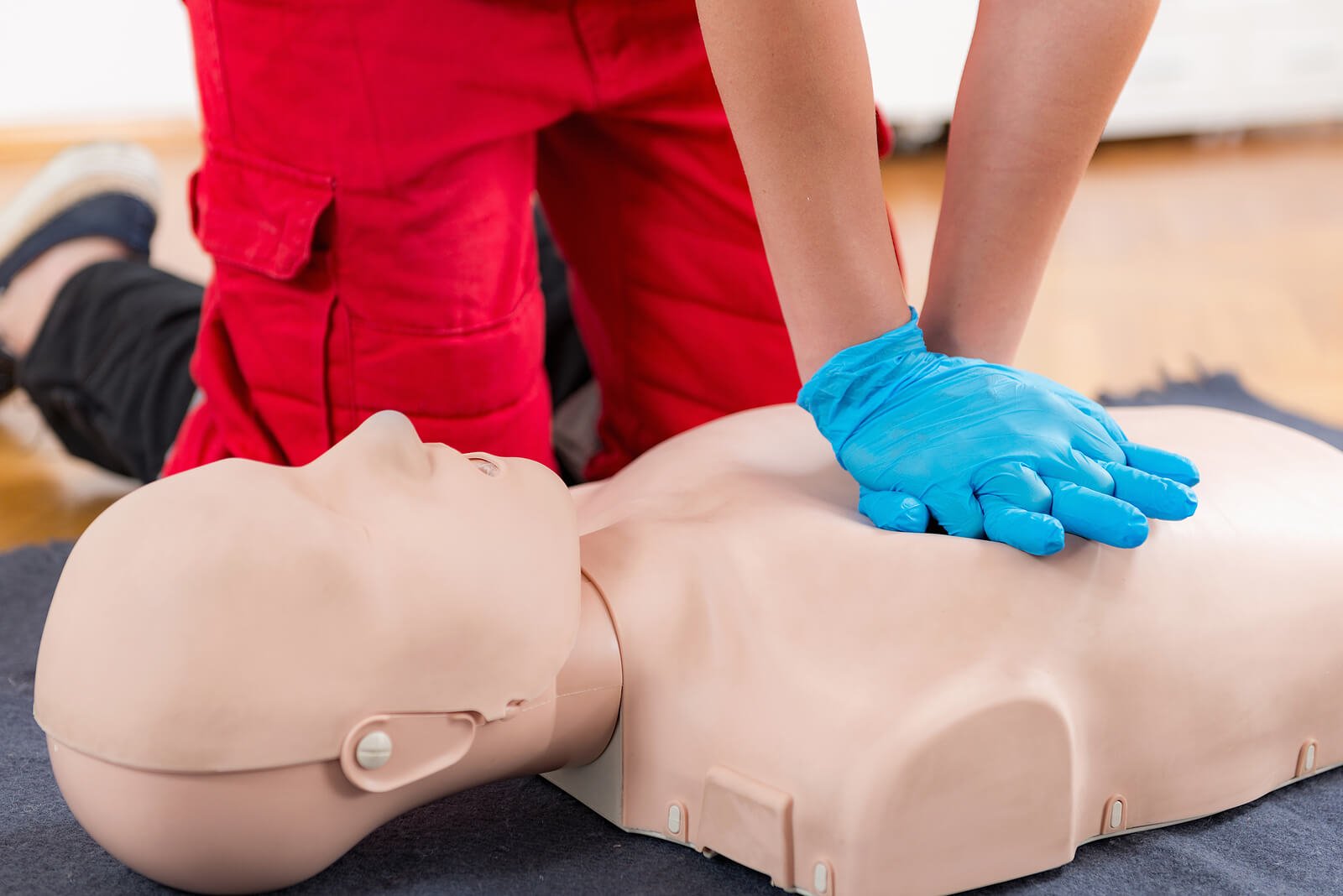Cardiopulmonary resuscitation (CPR) is a life-saving technique critical in emergencies. It doesn’t matter if you’re a healthcare professional, a first responder, or a concerned citizen. Knowing how to do CPR well can mean life or death.
CPR guidelines evolve, and new best practices emerge. Hands-on training is now vital to renew CPR certification.
For those looking to enhance their CPR skills through hands-on training, exploring options could be beneficial. Practical experience in CPR certification is crucial for effective learning and retention, so consider seeking out comprehensive programs that offer extensive hands-on practice. For more details on available courses, you might find useful information in specialized training resources.
Why Hands-On Training is Essential for CPR Certification Renewal
Hands-on training is a vital aspect of CPR certification renewal for several reasons. First, it lets people practice and refine their skills in a safe place. They do this under the guidance of trained professionals.
Reinforces Practical Skills
One main reason for hands-on training is that it reinforces practical skills. Online courses and theory are helpful. But they can’t replace the tactile experience of CPR on a manikin.
In the sessions, participants can practice chest compressions. They can also practice rescue breaths and using automated external defibrillators (AEDs).
They do this with the guidance of certified instructors. This experience ensures that people can do CPR right. They can do it in emergencies.
Builds Muscle Memory
Performing CPR requires precision and speed, both enhanced through repetition and practice. Hands-on training helps build muscle memory. This makes actions like chest compressions almost instinctive.
The AHA recommends chest compressions at a rate of 100-120 per minute, at least 2 inches deep. Achieving this level of precision is challenging without hands-on practice. Regular, hands-on training sessions ensure that people keep the physical skills for CPR.
Updates Knowledge with the Latest Guidelines
We update CPR guidelines based on the latest research and advancements in medical science. The training sessions are hands-on. They are for renewing CPR certification. They often include updates on the new guidelines.
For instance, hands-on practice is the best way to learn about them. This includes changes in the ratio or the addition of new techniques.
Certified instructors can give instant feedback. They can also make corrections. This ensures participants are up-to-date with the best practices.
Enhances Confidence and Preparedness
Confidence is a critical factor when performing CPR in an emergency. Hands-on training not only builds competence but also enhances confidence. Knowing you have practiced and mastered the required skills can ease anxiety.
It can also reduce hesitation in high-pressure situations. Also, hands-on CPR training often involves simulated emergencies. They let participants experience the urgency and stress of a real-life situation.
This prepares them mentally. It makes them more likely to act well when needed.
Provides an Opportunity for Personalized Feedback
Every individual may have unique challenges or areas that need improvement when performing CPR. Hands-on training sessions offer the opportunity for personalized feedback from experienced instructors.
It helps us find and fix mistakes. It also reinforces good techniques. And it helps us answer questions or concerns.
It ensures each person masters CPR and gains confidence in their skills. If you are looking for emergency response training, visit MyCPR NOW.
Understanding the CPR Certification Renewal
Hands-on training is an essential component of CPR certification renewal. It reinforces practical skills. It builds muscle memory. It updates knowledge with the latest guidelines.
It boosts confidence and preparedness. It provides personalized feedback. Hands-on training ensures that people have the best techniques to save lives.
Whether you are renewing your CPR certification for professional reasons or personal preparedness, investing in hands-on training is crucial in maintaining your ability to perform this life-saving skill effectively.
For more helpful tips, check out the rest of our site today!
















